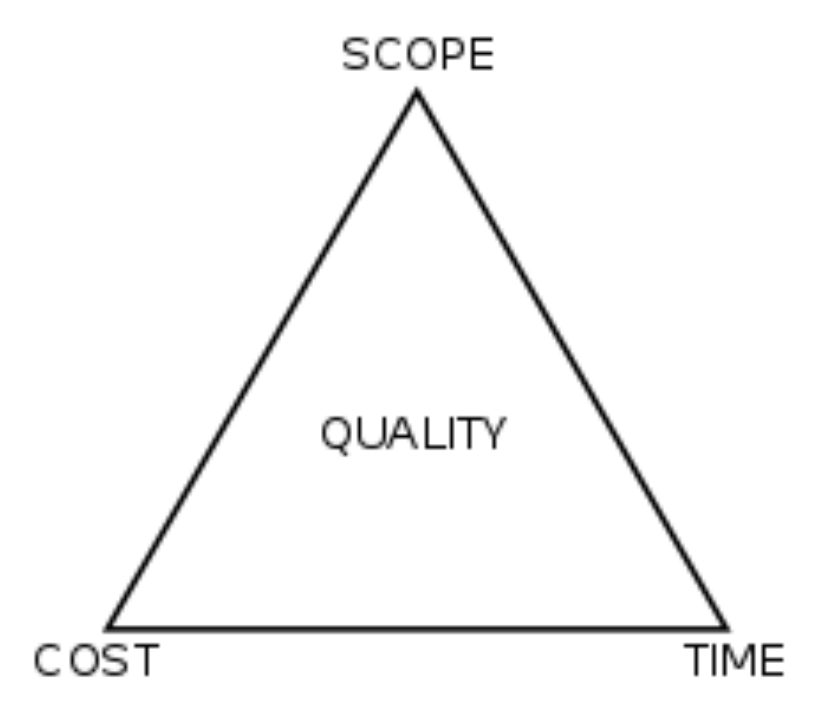Your product vision and choice of operating systems to launch first tells your engineer a lot. With it, they can largely define the three essentials needed in order to begin development. They’ll likely have additional questions and you will need to make several decisions along during development, but this puts them on track to provide you:
Product Feature Roadmap – The logical sequence in which your software features will be added to the product leading up to and after launch. In most cases, companies start with Minimum Viable Products focusing only on the “reason why end-users will love to use your software.” Anything that doesn’t support that feature/function is set aside until the need for it is validated by user data and feedback.
Project Requirements – A detailed technical list of all of the devices with which the software must be compatible along with all of the software modules/components, tools, frameworks, third-party solutions, and other details that will be needed to make the software work. As noted above, these factors depend heavily on your choice of platform. It also leads to determine which cloud services should be used – like Amazon Web Services, Google Cloud, Microsft Azure, or otherwise.
Software Development Cost Estimate – The cost estimate is never a concrete price, but one based upon a certain amount of effort within a particular time-frame. You need this whether you have your own in-house or outsourced team, as well as if you hire a development agency.
Is the project within your budget?
Can your internal or outsourced team reasonably complete the project by a certain launch date?
If the cost estimate exceeds your budget, it may be possible to streamline features to reduce the cost. If your existing team is not sufficient to hit your deadline, it may be necessary to hire more developers.



